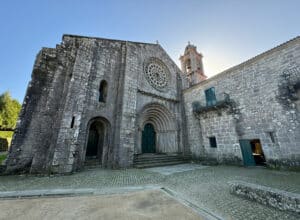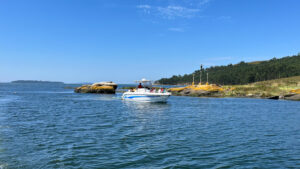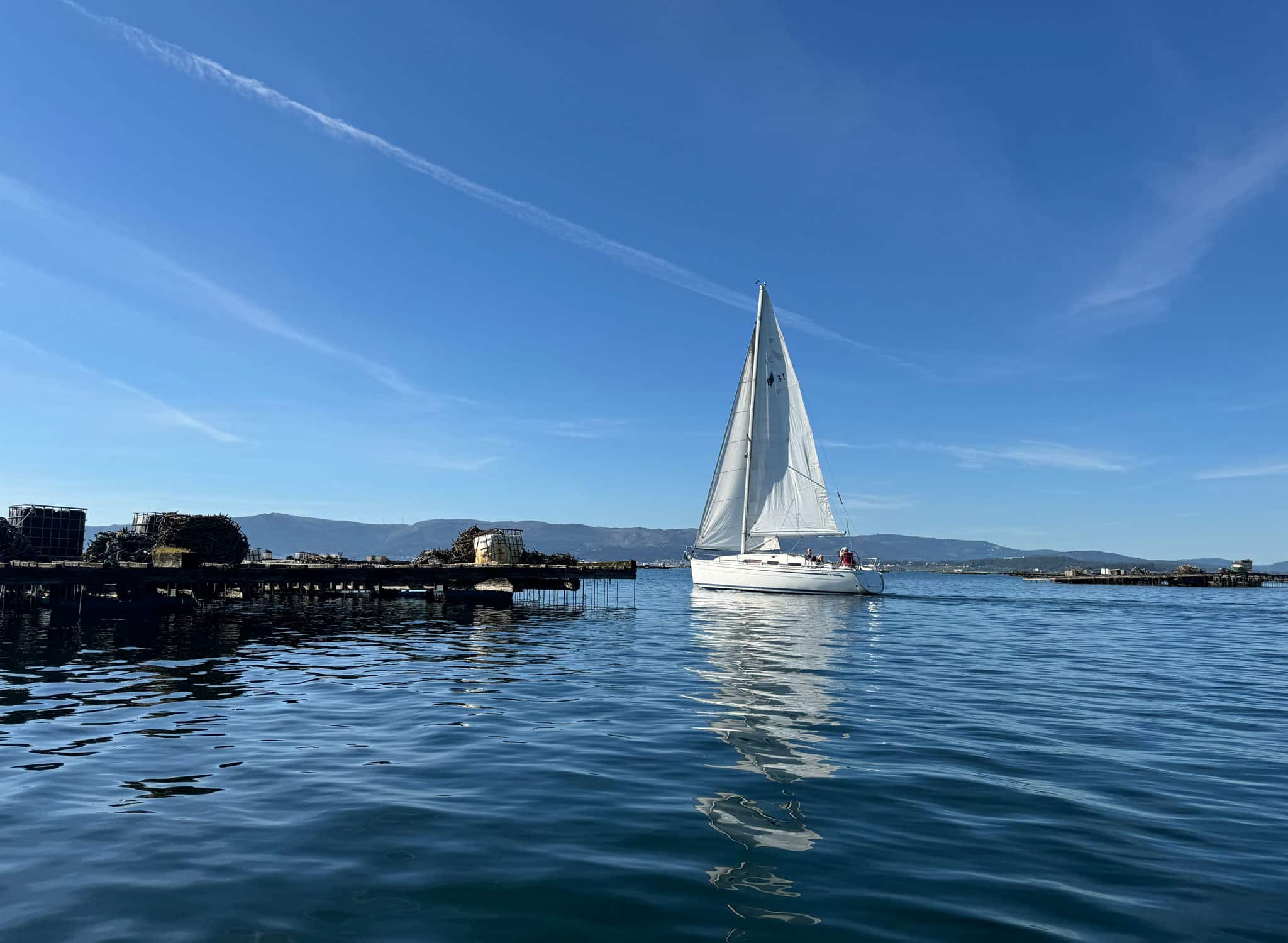
Traditional Portuguese Camino: History and Cultural Wealth
The Traditional Portuguese Camino is characterized by connecting historical cities and rural landscapes, offering a journey that passes through iconic places like Porto, Ponte de Lima, and Tui. It is a well-traveled route thanks to its accessibility, well-developed infrastructure, and the opportunity to discover the cultural richness of Portugal and Galicia.
Key Features of the Traditional Portuguese Camino:
- Total distance: Approximately 620 kilometers from Lisbon or 240 kilometers from Porto.
- Route: Predominantly land-based, crossing rural paths, forests, and historical towns.
- Highlights: Porto Cathedral, the medieval town of Ponte de Lima, Tui, and the town of Padrón, famous for its peppers and its connection to the Apostle Santiago legend.
The Traditional Portuguese Camino is ideal for those looking for a more classic Camino de Santiago experience, with a mix of nature and culture.
Spiritual Variant: A Unique and Different Route
The Spiritual Variant of the Portuguese Camino is an alternative to the traditional land-based route, adding a maritime and spiritual dimension to the journey. This variant connects Pontevedra to Vilanova de Arousa, passing through iconic landmarks like the Monastery of Armenteira and the “Ruta da Pedra e da Auga,” culminating in the Traslatio Route, the only maritime stage of the Camino de Santiago.
Key Features of the Spiritual Variant:
- Total distance: Approximately 73 kilometers, divided into three stages.
- Mixed route: Combines hiking through natural landscapes with a boat journey along the Ría de Arousa and the Ulla River.
- Highlights: The Monastery of Poio, the Ruta da Pedra e da Auga, the Monastery of Armenteira, and the world’s only maritime-fluvial Via Crucis.
Main Differences Between Both Options
| Aspect |
Traditional Portuguese Camino |
Spiritual Variant |
| Route |
Mainly land-based |
Combination of hiking and maritime stage |
| Distance |
From Porto: 240 km |
73 km from Pontevedra |
| Highlights |
Historic cities and rural landscapes |
Monasteries, Ruta da Pedra e da Auga, and Ría de Arousa |
| Difficulty |
Moderate |
Moderate, with some steep sections |
| Unique Experience |
Connection with history and culture |
Spiritual and maritime dimension |

Which One to Choose?
The choice between the Traditional Portuguese Camino and the Spiritual Variant depends on what you seek as a pilgrim. If you prefer a more conventional and linear route, the traditional path is for you. However, if you’re looking for something different, with a deeper connection to nature and the history of the Apostle Santiago, the Spiritual Variant is your best choice.
Discover the Traslatio Route with Barco Variante Espiritual
The Traslatio Route, part of the Spiritual Variant, is the only maritime stage of the Camino de Santiago and an experience you cannot miss. Book your spot and enjoy a journey that combines history, spirituality, and nature in the Ría de Arousa.
👉 Click here to learn more about the Traslatio Route and book your spot.













